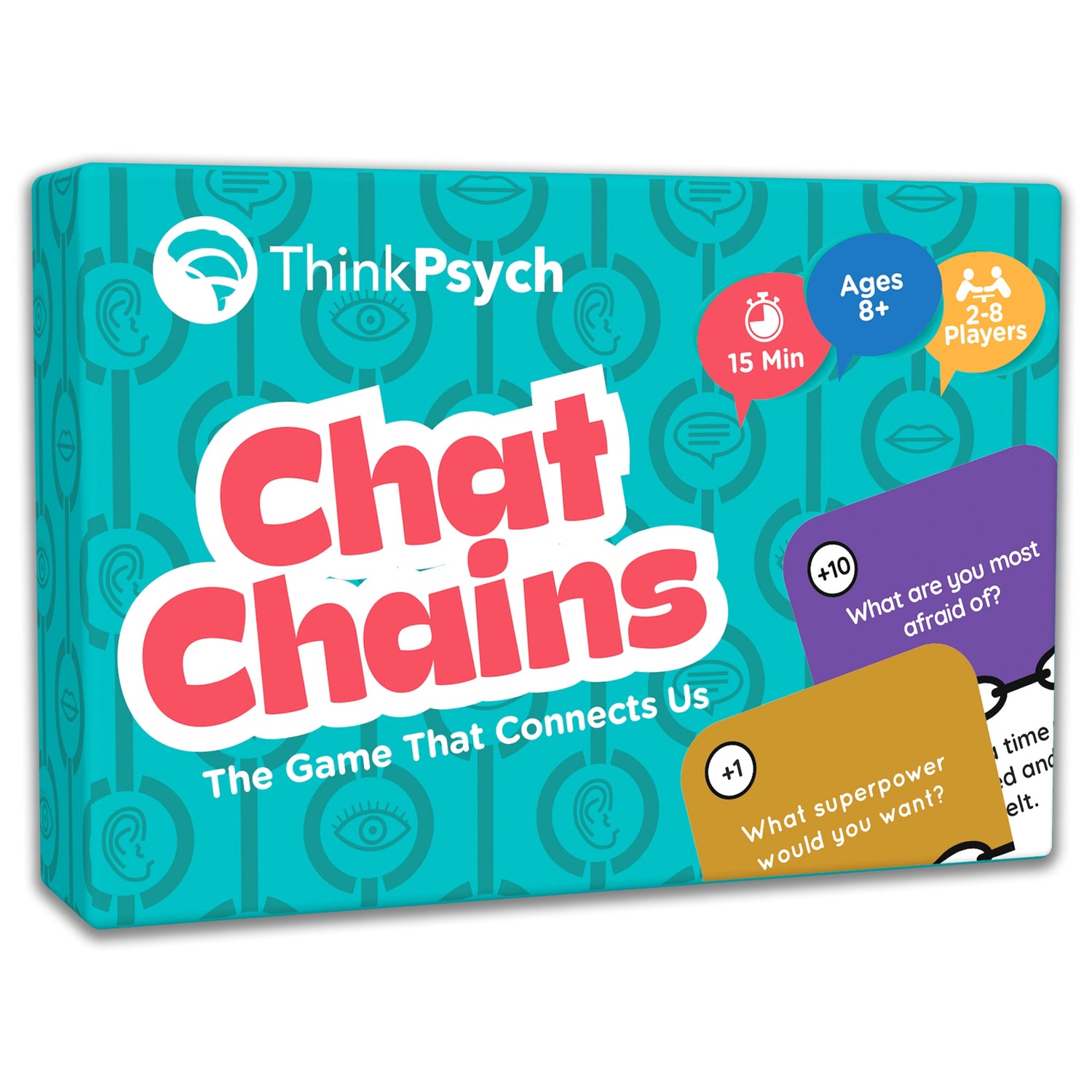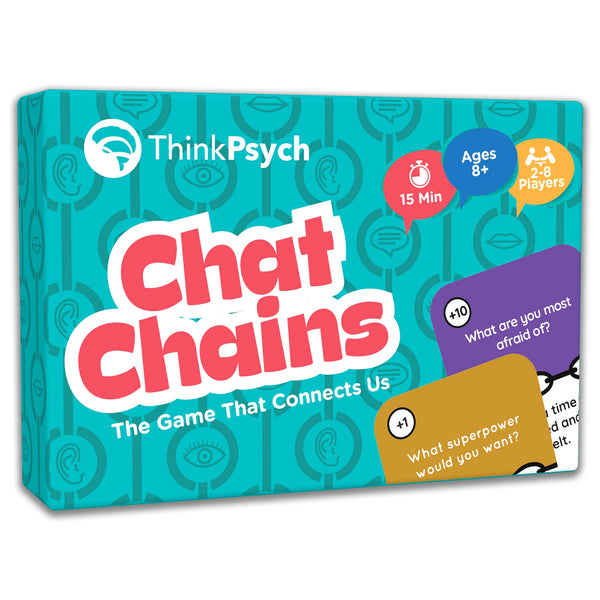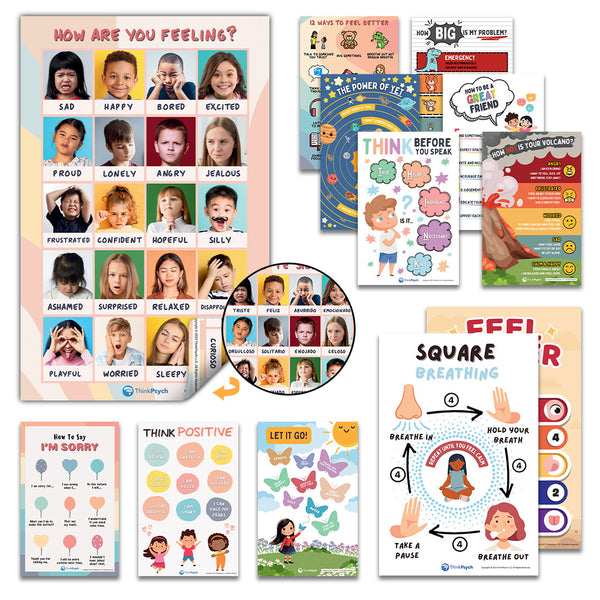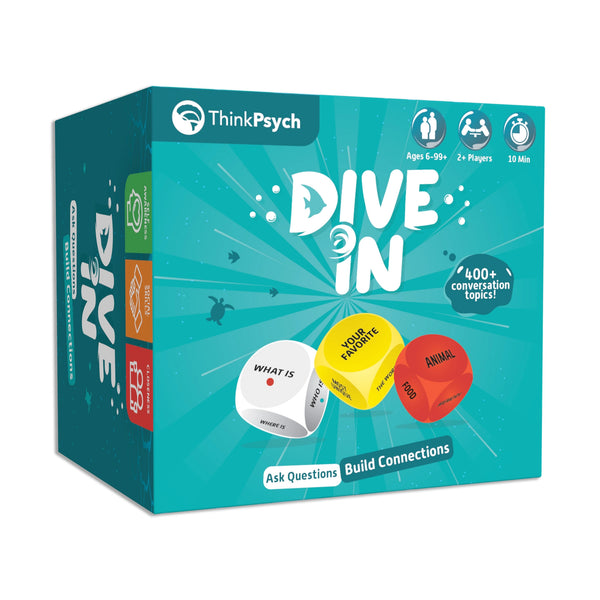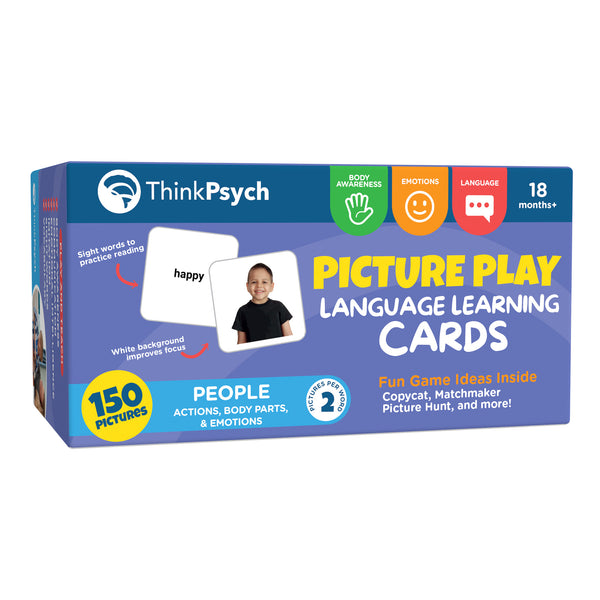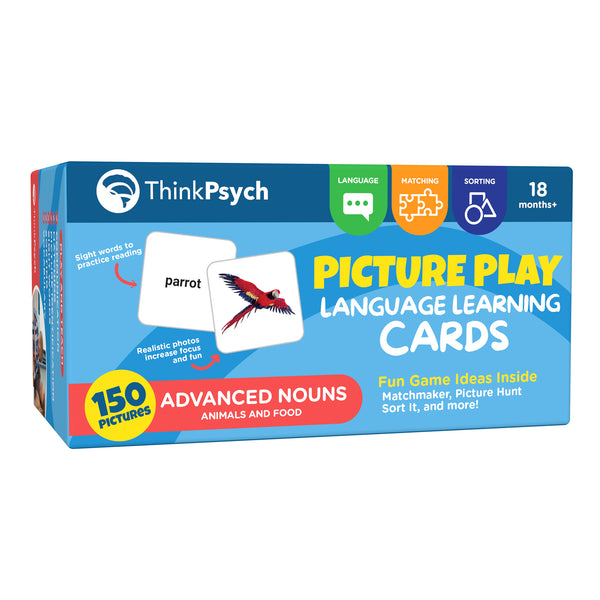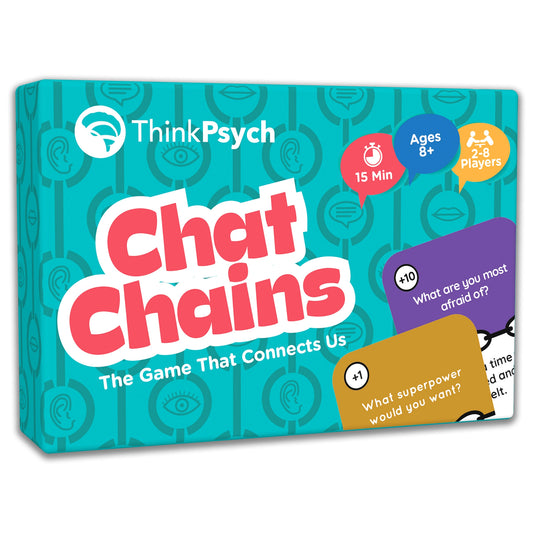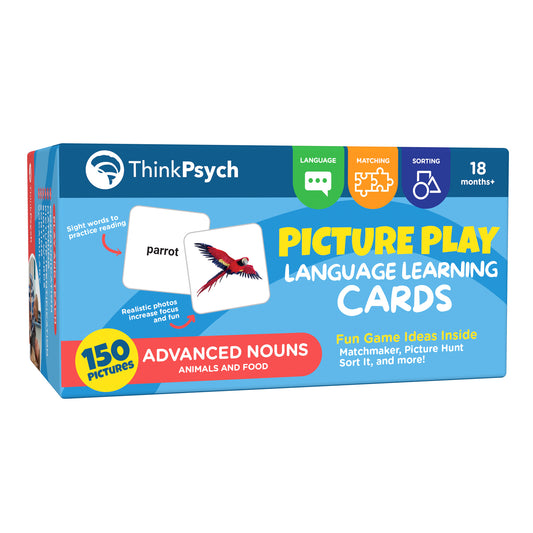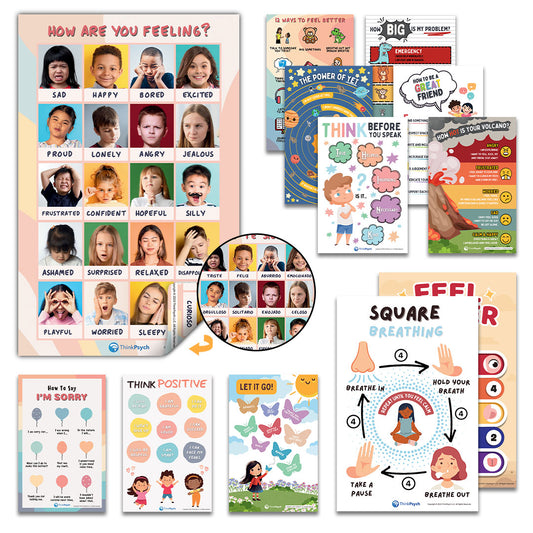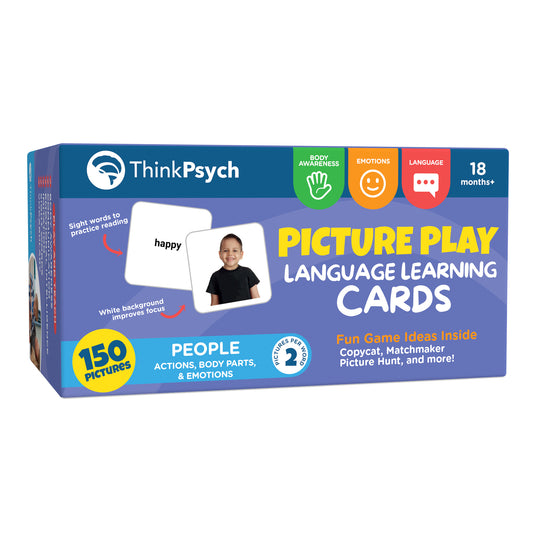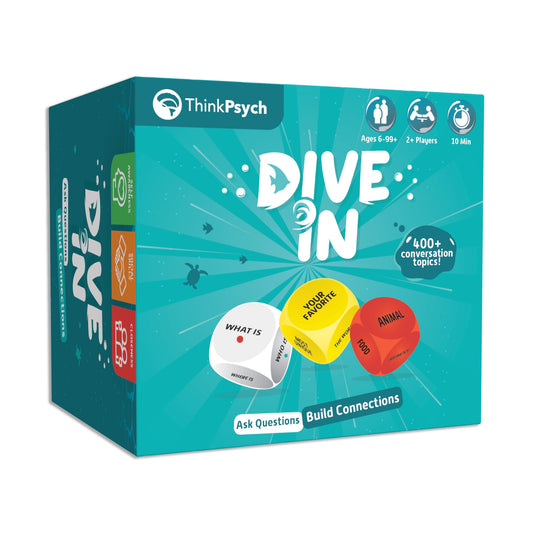
How to Help Your Child Develop Active Listening Skills
Share
When they are very young, children often share their own experiences without engaging with the experiences of others. But an important part of development is engaging with others, and there’s nothing that will help a child engage like active listening skills.
Beside sharing, listening is the most important component of a conversation. In order to have meaningful relationships and engage with social emotional learning skills, your child will have to learn to do this.
If you’re teaching active listening skills to your child, we can help! While there isn’t a one-size-fits-all activity, a few simple steps can make all the difference.
What Are Active Listening Skills?
We’re all familiar with the art of conversation. However, what it takes to be an active listener takes a little more effort, whether social skills are learned online or in person.
Active listening requires you to listen attentively to the person speaking and understand what they’re saying. It’s important to be able to respond and reflect on what is being said in a meaningful way and retain that information.
It may sound like active listening is just listening. However, being ‘active’ means that the listener will be paying attention to all the cues the speaker is providing. As well, they’ll be able to retain the information for later, showing that they truly understand the speaker’s intent.
How to Improve Active Listening Skills
To help your child become the best listener, be sure to focus on the following things:
Prioritize Eye Contact
Eye contact is one of the most common ways to show someone that you’re listening to them.
Engaging in eye contact can help your child to focus on the person, read their cues and absorb what they are saying. And after all, not all cues will come with the words so bodily gestures are key!
Your child can easily develop this skill with a little practice. Try having a discussion with them and ask them to maintain eye contact for ten seconds. Over time, they will develop the ability to sustain eye contact and focus their attention when it’s required.
Avoid Interruptions
When engaging in conversation, it can be tempting to interrupt or interject with your thoughts. However, modeling a behavior is an important part of STOP technique and engaging in active listening skills.
Be sure to let your child finish speaking before you respond or interject. It’s best not to finish their sentences or assume you know what they’re going to say. This can hamper the efforts to communicate and may lead to disjointed conversations where little is understood.
Teach your child to prioritize listening by waiting until they are finished and expressing your thoughts only when you fully understand theirs.
Be Curious
Beyond body language, one of the most obvious ways to showcase being an active listener is engaging with the conversation – and this means asking questions! Of course, that doesn’t mean that just any questions will do.
Ensure that the questions you are asking haven’t already been answered. As well, to engage with active listening skills, your questions should be more open ended so you can get a more detailed answer.
For example, if you’re talking to your child, ask them something like “How was your day at school?” As opposed to questions with ‘yes’ or ‘no’ answers, this will give them the ability to open up about what they really want to talk about.
Customer Favorites From Our Store
Repeat It Back
There are a number of signals that will tell someone that you’re listening. However, in the early stages of a child learning active listening skills, repetition can go a long way. What better way to really know that your child is learning what it means than to take part in a conversation?
To start with, you may want to try modeling this behavior with your child. If you’re talking with your child, repeat back to them what they say to you. Whether they’ve had a disagreement with a friend or are having problems with math homework, this will help to define the issue.
For example, try a game by reading your child a short story. After you read it to them once, read it again and change something in it. See if your child can identify the thing you’ve changed.
Maintain Neutrality
One of the most important parts of active listening skills is being able to withhold judgment. This can be hard for adults and children alike. However, active listening is about really understanding where the other person is coming from. Being too critical can make it more difficult for anyone to open up and express themselves.
Be sure to maintain neutrality throughout the conversation by exhibiting non-judgment with your child. This means not shaming, blaming, or criticizing them for what they are saying.
Instead, be receptive to what they are saying so you can understand it before you assess it.
Put It All Together
One of the most important parts of being an active listener is reading between the lines. Of course, for a child, this can be a little more complicated. It’s a person’s body language, words, and the way they communicate that will provide an overall sense of what they’re communicating.
To really determine what a person is saying, a child will have to develop their own sense of empathy in understanding what a person is saying. They will also have to learn to read things like body language and eye contact. Words aren’t just words after all!
There’s no one way to figure this out. However, with the right emotional tools a child will be able to ascertain what a person is really communicating over time.
Conclusion
When it comes to kids, there are few more important skills for them to develop than active listening. Communicating may be important, but it’s important to understand exactly where someone is coming from in order to do it effectively. Fortunately, utilizing body language like eye contact and asking the right questions are important parts of this skill.
If your child is working on their active listening skills, the Chat Chains learning game can be a great way to get them engaged. Not only will it help them work out their conversation skills, it will help them to be curious about the art of communication!
References
Oxford Learning. Tips & Activities To Improve Your Child’s Active Listening Skills. Tips & Activities To Improve Your Child’s Active Listening Skills
WorksheetCloud. Everything you need to know about improving your child’s active listening skills. https://www.worksheetcloud.com/blog/9-ideas-to-improve-your-childs-listening-skills/
Centers for Disease Control and Prevention. Active Listening. https://www.cdc.gov/parents/essentials/communication/activelistening.html
